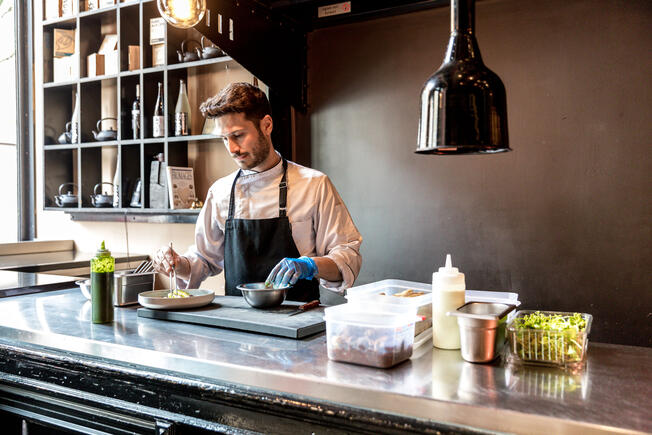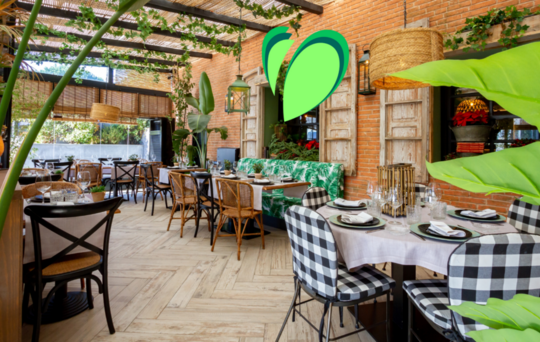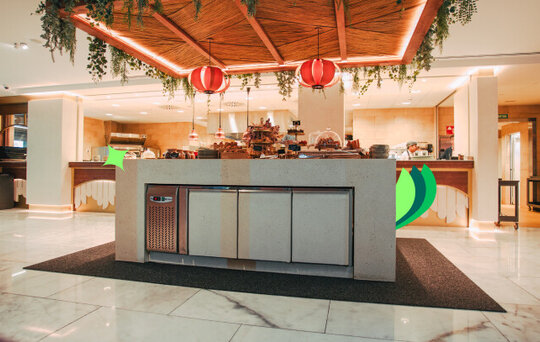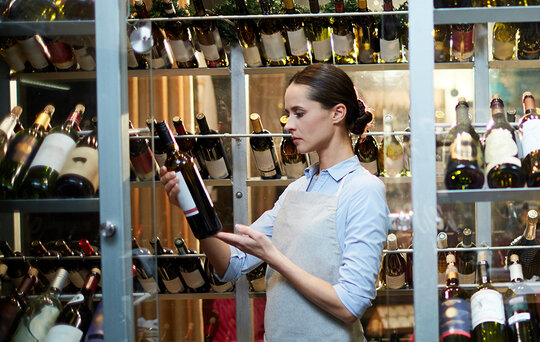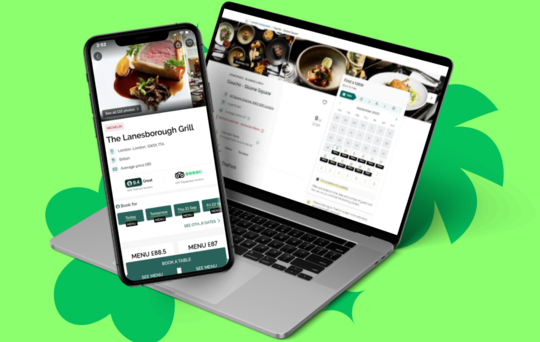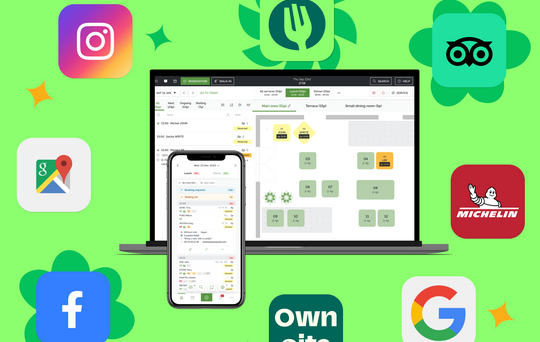How to ensure that all food is safe to eat

Food Safety Basics for Restaurants
There’s nothing more important when it comes to preparing, handling, storing and serving food than implementing food safety best practices. Following food safety guidelines is a critical issue for restaurants, and failing to prevent foodborne illnesses can be potentially disastrous. You could find yourself dealing with sick customers, long-term reputation damage, or even being shut down by your local inspection authorities.
Fortunately, food safety principles are straightforward and easy to implement when taken seriously. To keep both your customers and your reputation safe, follow these basic food safety standards and hygiene guidelines.
What is the role of a food supervisor?
Add a new paragraph and write about the role and responsibilities of a food supervisor.
Food safety regulations have become increasingly strict, making it crucual for restaurants to keep on top of hygiene regulations. Having a dedicated food supervisor makes controlling and implementing new standards their sole focus and main priority.
Nowadays, dining establishments need a representative, or in some cases, a dedicated team, whose goal is to inspect every kitchen utensil, dish, piece of equipment, and machinery to verify that restaurant food safety guidelines are followed meticulously.
The role’s main responsibilities are:
- To create a restaurant food safety checklist
- Conducting regular inspections
- Drafting annual audits
- Storing food safely to prevent foodborne illnesses
- Checking and controlling the quality of every ingredient used in the kitchen to secure customers' health
- Organising food safety training for staff members
- Enforcing hygienic best practices in the kitchen
With these measures actioned by a trained food supervisor, the restaurant can ensure high-quality dishes, impeccable service, and complete compliance with the current national and international hygiene and food safety regulations.
What are the four basic food safety principles for restaurants?
All restaurant employees should be trained rigorously to be highly aware of the four basic food safety principles that prevent foodborne illness. We recommend posting them in a visible kitchen post as a daily reminder.
Clean
- Food safety is often a matter of basic hygiene. For this reason, train all employees to wash their hands with warm water and soap for at least 20 seconds before and after handling food, and again after using the bathroom.
Note: Always make sure there is an ample supply of hand soap in every bathroom and kitchen. Nothing makes a worse impression on customers than an empty soap dispenser in the bathroom!
- Wash and rinse all cooking tools thoroughly: This includes utensils, dishes, cutting boards, and countertops. Remember to always clean and sanitise storage areas, rubbish bins, and floors.
- Wash all fruit and vegetables with running water and scrub hard vegetables. Clean all the lids of canned goods before opening.
- Prevent pests (mice, cockroaches, rats, flies, etc.) by always keeping food covered in closed containers and regularly removing rubbish.
Separate
- Always separate raw meat, poultry, seafood, and eggs from other ingredients.
- Use separate cutting boards for fresh produce, raw meat, poultry, and seafood. Use colour-coded chopping boards and storage containers to ensure food safety and help staff keep track.
- Never place cooked food on a plate that previously held raw meat, poultry, seafood, or eggs. Remember to wash any surface that comes into contact with meat, dairy or seafood meticulously to prevent cross-contamination and ensure high levels of food safety.
Marinades used on raw foods should only be reused if they have first been brought to a boil.
Try TheFork Manager today
Cook
- Always cook food at the right temperature to ensure food safety in your restaurant. According to the World Health Organisation (WHO*), ingredients must reach a cooking temperature of 158° F (ca. 70° C) to be safe to eat. A food thermometer is useful for all cooking methods and is particularly necessary for meat, poultry, seafood, and egg products. Carefully monitor the internal temperature of meat, seafood and dairy products to ensure they reach the minimum requirements to eliminate any harmful bacteria.
- Food should always be reheated to the temperature required to remove possible pathogens.
- Find and maintain the most suitable room temperature and ventilation for all food preparation areas. Vapours and fumes must be vented outside. Use only restaurant-approved kitchen hoods and provide the proper amount of exhaust recycling.
Chill
It is essential to cool down ingredients properly before putting them in cold storage. Pay attention to every stage of the refrigeration process, which should be swift and temperature-controlled.
- Only use restaurant-approved refrigerators and freezers. Be sure the refrigerator temperature is consistently below 4.44° C (40° F) and the freezer temperature is below -17.7° C (0° F).
- Refrigerate or freeze meat, poultry, eggs, seafood, and other perishable products within 2 hours of cooking or purchasing. If the temperature outside is above 32.2° C (90° F), refrigerate within 1 hour.
- Never defrost food at room temperature. It is safer to do this in the refrigerator, in cold water, or in the microwave. Food thawed in cold water or in the microwave should be cooked immediately after.
- Always marinate food in the refrigerator.
Make sure that you provide regular food safety training for both new hires and seasoned employees.
Restaurant Food Safety Checklist
👩🏫 Train your restaurant staff on how to prepare and serve food safely. Food hygiene training is also the perfect opportunity to discuss the restaurants’ broader standards and expectations, such as personal hygiene, proper cooking practices, protection from cross-contamination, proper holding practices, cleaning methods, pest prevention, using approved supplier sources, and so forth.
🔎 Take your own food safety risk assessment to determine which processes and areas fall short of hygiene best practices. Set up an effective monitoring system to keep every aspect under control.
🏷️ Implement a food tracking system. It is essential to be able to provide detailed information about where ingredients come from and when they were purchased. Remember to check expiration dates on a daily basis to ensure the quality of every component of your dishes. Do not use food past its expiration date.
🤝🏻 Work with suppliers to build a robust food safety system you can all easily adhere to. Check all shipments carefully to ensure that proper temperature and storage conditions have been observed.
🙋Create a dedicated food safety team or appoint a dedicated food supervisor to keep everyone on board.
🧐 Organise an annual third-party audit to stay on top of the areas where you may need to improve.
📰 Find out about the latest developments in the field. There are many international organisations that provide information about restaurant food safety issues. Here are a few resources:
- The International Association of Food Protection
- The Conference for Food Protection
- The Global Food Safety Initiative
- The European Food Safety Authority.
Preventing foodborne illness should always be a top priority for restaurant owners. Your employees should all understand the importance of respecting food safety principles to protect customers’ health, as well as the long-term sustainability and reputation of your business.

